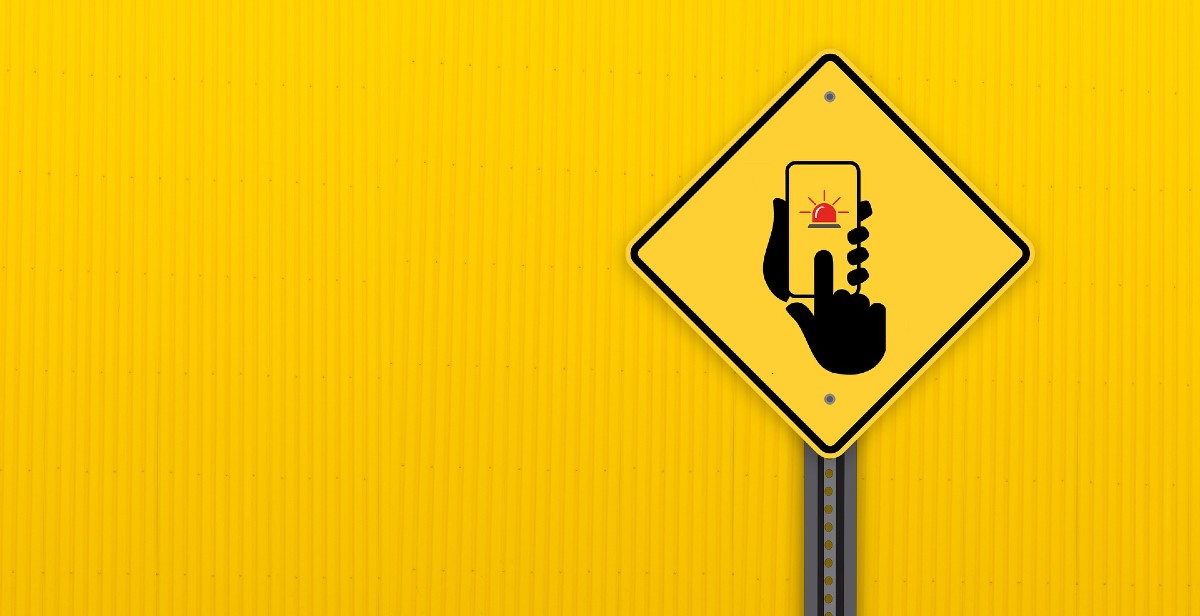Last year Dailymotion relaunched its platform with a revamped mobile app and a new focus on content made by premium publishers. The move represented a pivot away from user generated content (UGC), and came at a time when YouTube was beleaguered by brand safety issues stemming from struggles to moderate content on its own platform. But while Dailymotion is placing its focus on premium content, it hasn’t lost faith in UGC entirely says Claudia Page, Dailymotion’s VP of Partner Products, who believes that user content can still form the foundation of a viable video platform.
The relaunch of Dailymotion is in part is a strategic move by Vivendi, which bought an 80 percent stake in the company in 2015 with a view to moulding the platform into becoming part of its distribution network. Page explained that Vivendi wants to create an ecosystem out of its various properties to more efficiently distribute and monetise across the network.
Page used the Paddington movie franchise as an example: “As distribution channels go, you have Universal Music Group and their partnerships to distribute the soundtrack, you have our SVOD (subscription video on demand) services like myCANAL where you could watch a potential series that’s developed in the future, and you have Dailymotion to get exclusive access to the trailer before the movie comes out,” she explained.
But Vivendi also sees demand in the market from other publishers for a platform specifically geared towards distribution and surfacing of their own premium content. The company sees an opportunity to pitch itself as the new home of premium publisher content.
Page says there’s been a cyclical trend of publishers becoming too reliant on third party platforms. “We see that there’s been the rise of properties that send publishers tonnes and tonnes of traffic, which publishers have then become reliant on. Then we’re also seeing publishers trying to create their own walled gardens, and trying to own and monetise their own audiences indepedently.”
Dailymotion wants to be a trusted partners for premium publishers and Page says that Dailymotion’s design fits with what publishers are asking for. While Dailymotion.com is aimed at connecting publishers with audiences, she says the player itself is designed to work agnostically of the Dailymotion platform, and claims that it gives publishers more insights and ownership of their audiences thanks to its ad tech stack.
As well as demand from publishers, the redesign is of course partly a response to advertiser demands too, as brand safety scares have shifted some away from UGC and towards more reliable, premium content from established publishers.
The End of UGC?
Dailymotion isn’t abandoning UGC completely, but for the most part it won’t be monetised. Page noted that many creators who start off small go on to effectively become media properties in their own right, and Dailymotion will want to continue to create opportunities for creators to monetise their content on Dailymotion once their content starts to have a more premium feel.
“We’ve realised we shouldn’t be monetising UGC, but we encourage our creator community and UGC contributors to leverage Dailymotion as a place to distribute their content and find an audience. We are very much committed to the rise of premium content that benefits the community and platform,” said Page.
For creators whose content does find a wide audience, and who do effectively become media properties in their own right in the way Page describes, Dailymotion will provide monetisation opportunities.
But while Dailymotion is choosing to pivot away from UGC, Page still believes UGC focussed platforms are viable, despite demands from advertisers for more premium environments.
One strategy is to clearly separate out premium content from the rest, creating a clear distinction between UGC and premium content. Page pointed to Snapchat as an example, as it clearly separates content made by brands and publishers in users’ feeds. While platforms like YouTube offer premium bundles for brands to buy from, these channels are still themselves part of the same environment as less brand safe content, but Snapchat maintains a clear delineation.
This downside of this strategy is that it means creators have to be willing to create their content for free. But Page believes that any content can still be monetised, so long as platforms are clear about the sorts of content they host. “It’s up to platforms to create the confines and boundaries of the communities they’re trying to build, and to create guidelines that allow everyday people to create content in an environment where we’ve all agreed the confines we’ll work within. I think that’s where we’re headed.”
One example of this might be seen in Twitch. Live streaming by its very nature creates a riskier environment for advertisers than pre-recorded videos, especially on a platform like Twitch where the majority of creators are young, but brands at least know what they’re signing up for. Any brands who see the content as unsuitable will just steer clear of the platform.
Time for Advertisers to Take a Stand
Brand safety concerns aren’t the only complaints advertisers aim at the UGC platforms. Unilever’s CMO Keith Weed last week delivered a speech at an IAB conference calling on the internet giants, including UGC platforms, to ensure they aren’t harming society. These harms range from mental health problems caused by social media to political hostility fuelled by fake news.
Page agrees with Weed’s comments, but while many have construed them as an attack primarily on Facebook and Google, she believes responsibility to tackle these problems fall of all parts of the digital media landscape. “Advertisers and publishers also have become powerful again and have responsibility to consumers, even their own consumers, to really push for environments that are not only brand safe, but safe for consumers in general.”
She says that Weed’s comments are significant not only in Unilever’s own pledge to cut investment in harmful platforms, but also in how “it signals a narrative that advertisers and publishers can take a stand and demand that platforms take more responsibility and how communities are generated, and what guidelines they operate within.”





